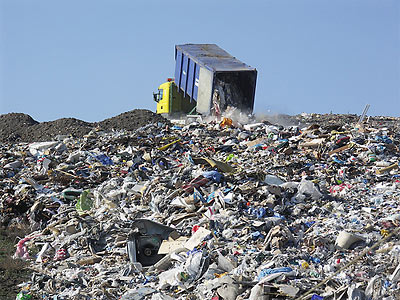In England, wild badgers (heretofore a protected species) are being hunted down and killed, en masse, on behalf of dairy farmers ("Badger Battle: British Animal Lovers Protest Cull") who complain that badger urine and saliva secreted on the ground causes bovine tuberculosis when their dairy cows graze on pastures.On simply a practical level, The Guardian ("Badger cull: in the interests of no one") notes that the cull won't achieve its stated objective, and in fact be counterproductive:This seems like a perfect illustration of the extreme human hubris and violence against Nature which is systematically ruining the Earth in the form of agro-industrial ecocide.
The dairy farmers have many options, none of which they seem to be exploring.
First, they could simply accept that a certain number of cows are going to fall ill. Disease is part of nature, and over time, if they left Nature to her own devices, they would probably see their herds develop natural immunity, as the weakest succumb and the strongest survive.
Second, they could replace their cows with other milk-producing livestock who are immune to badger urine. For example, goats and sheep produce milk too.
Third, they could perhaps take extra measures to tend to their pastures, locating and cleaning areas where badgers are known to forage.
There are many options that are far better than simply hunting down every last badger and turning the natural environment into an open-air factory farm.
If sustainability means anything, it means honoring the rights of each and every species and respecting the natural ebb and flow of Nature's systems; not killing off certain species in order to promote others, and not interfering in Nature's own cycles.
The licensed killing of badgers in parts of Gloucestershire and Somerset could achieve a number of things. It could further advertise the unwelcome existence of bovine tuberculosis in British dairy herds. It could polarise opinion in the countryside and unite political opposition everywhere else. It could cost the farmers involved more than they could gain. It will almost certainly provoke active protest and put even more pressure on already hard-pressed police forces.What it will almost certainly not do is limit bovine tuberculosis, even in the target zones of Gloucestershire and Somerset.






